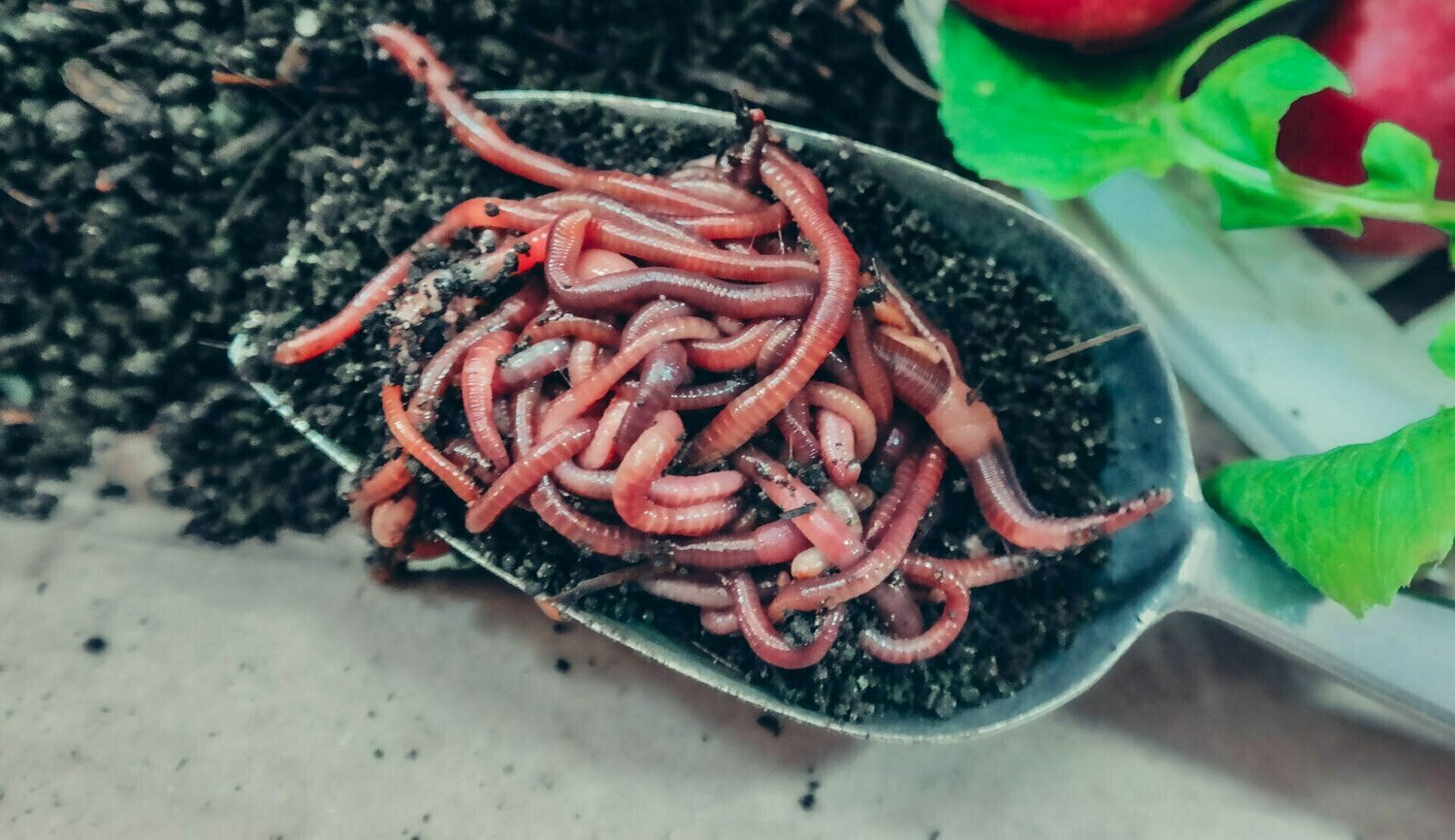Red Wiggler Worms Demystified: Unlocking the Secrets of Vermiculture for Greener Living and Nutrient-Rich Dirt
In the world of sustainable methods for enriching soil high quality and promoting eco-conscious living, red wiggler worms play a critical yet commonly overlooked role. These modest animals possess the amazing ability to transform organic waste right into nutrient-rich spreadings that serve as a powerful natural fertilizer. By diving into the globe of vermiculture, one can reveal a wide variety of benefits that extend far past conventional composting methods. Understanding the intricacies of caring for these worms, optimizing their atmosphere, and using their castings can lead to a greener lifestyle and much healthier dirt for plants to grow.
The Duty of Red Wiggler Worms
Red Wiggler worms play a vital function in composting systems by successfully breaking down raw material right into nutrient-rich spreadings. These ravenous eaters consume a range of natural materials, such as cooking area scraps, yard waste, and paper items. As they feed, the worms' digestion processes damage down the natural matter right into a penalty, dark, and nutrient-dense product referred to as worm castings or vermicompost.
The castings created by Red Wiggler worms are extremely beneficial for soil wellness and plant growth. They are rich in vital nutrients like potassium, phosphorus, and nitrogen, which are crucial for supporting healthy and balanced plant advancement. Furthermore, worm castings contain helpful germs and enzymes that aid boost dirt framework, rise water retention, and boost nutrient uptake by plants.
Advantages of Vermicomposting

It improves soil structure, improves dirt oygenation, and increases dirt moisture retention. Vermicompost also improves the dirt with essential nutrients like phosphorus, potassium, and nitrogen, promoting plant development and total soil fertility.
In addition, vermicomposting supports sustainable horticulture methods by providing a all-natural and chemical-free option to synthetic fertilizers. Red Wiggler Worms. This eco-friendly approach not only enhances the dirt however likewise helps in reducing dependence on damaging chemicals, advertising a greener and a lot more lasting means of horticulture
Establishing Up a Worm Bin
When establishing a worm bin for vermicomposting, appropriate arrangement is important to make certain the success of the composting process. The very first step in setting up a worm container is choosing a suitable container. This can be a plastic bin or wood box that offers enough room for the worms to move and has correct water drainage openings to stop waterlogging. Next off, a bed linen material such as shredded newspaper, cardboard, or coconut coir ought to be contributed to the container. This bedding look at this web-site supplies a comfy atmosphere for the worms and helps maintain dampness levels.
After including the bedding, present the red wiggler worms to the container. It is recommended to start with a handful of worms and gradually increase as they increase. The worms should then be offered with food scraps such as fruit and veggie peels, coffee premises, and eggshells. It is important to stay clear of including meat, dairy products, oily, or salty foods to avoid attracting parasites and producing unpleasant odors.
Regularly keep an eye on the dampness degrees and temperature level in the worm bin to make sure ideal problems for the worms. With correct setup and maintenance, the worm container will effectively transform organic waste into nutrient-rich compost for your plants and yard.
Harvesting Worm Castings
To successfully accumulate nutrient-rich worm castings from your vermicomposting system, a methodical harvesting method is important. There are a couple of vital steps to comply with to guarantee a successful procedure when it comes time to harvest the worm spreadings. Quit adding fresh food scraps to one side of the worm bin for a couple of weeks prior to gathering. This motivates the worms to migrate sideways with fresh bed linens and food, go to these guys making it easier to scoop out the spreadings from the opposite side.

Troubleshooting Common Issues
Identifying and addressing typical obstacles that may arise during the vermicomposting process is essential for keeping a healthy and effective worm bin. One typical issue that vermicomposters encounter is overfeeding. Including excess food scraps can cause a build-up of dampness and acidity in the worm container, potentially harming the worms. To stop this, feed the worms in small amounts, guaranteeing that the food scraps are properly damaged down before adding extra. An additional problem is unpleasant smells originating from the worm container. Foul smells suggest anaerobic problems, normally triggered by overwatering or insufficient ventilation. To remedy this, adjust the dampness levels by including completely dry bed linen materials like shredded newspaper or cardboard and rise aeration by transforming the bed linen regularly.
Additionally, if the worm population is declining or the worms appear unhealthy, it could be as a result of environmental stressors such as extreme temperatures or pH degrees. Keeping track of these elements and making essential modifications is crucial for the wellness of the worms. By troubleshooting these usual problems quickly, vermicomposters can guarantee a successful and smooth vermicomposting procedure while preserving a thriving worm populace.

Conclusion
In verdict, red wiggler worms play a crucial role in vermiculture by breaking discover this info here down organic matter into nutrient-rich dirt. Setting up a worm container is essential for successful vermiculture, and harvesting worm spreadings supplies useful compost for horticulture.
As they feed, the worms' digestive system procedures break down the organic issue right into a penalty, dark, and nutrient-dense material recognized as worm castings or vermicompost.
The castings created by Red Wiggler worms are very helpful for soil health and plant growth. Including excess food scraps can lead to an accumulation of dampness and level of acidity in the worm container, potentially harming the worms.Furthermore, if the worm population is decreasing or the worms appear undesirable, it could be due to environmental stressors such as extreme temperatures or pH degrees. Setting up a worm container is crucial for effective vermiculture, and harvesting worm spreadings offers valuable garden compost for gardening.